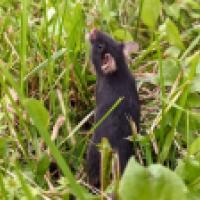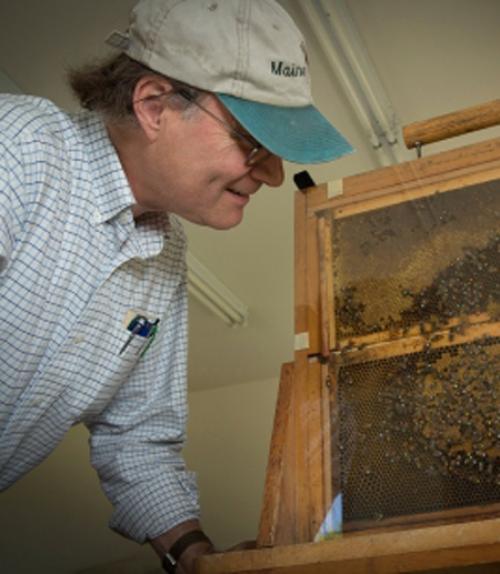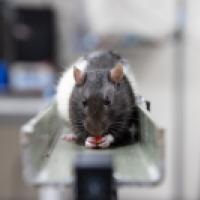
 Department Homepage
Department Homepage
Book reveals wild honeybees’ biology, with insights for beekeepers
While human relations with honeybees date back about 4,500 years, little has been known about how bees live in the wild.




